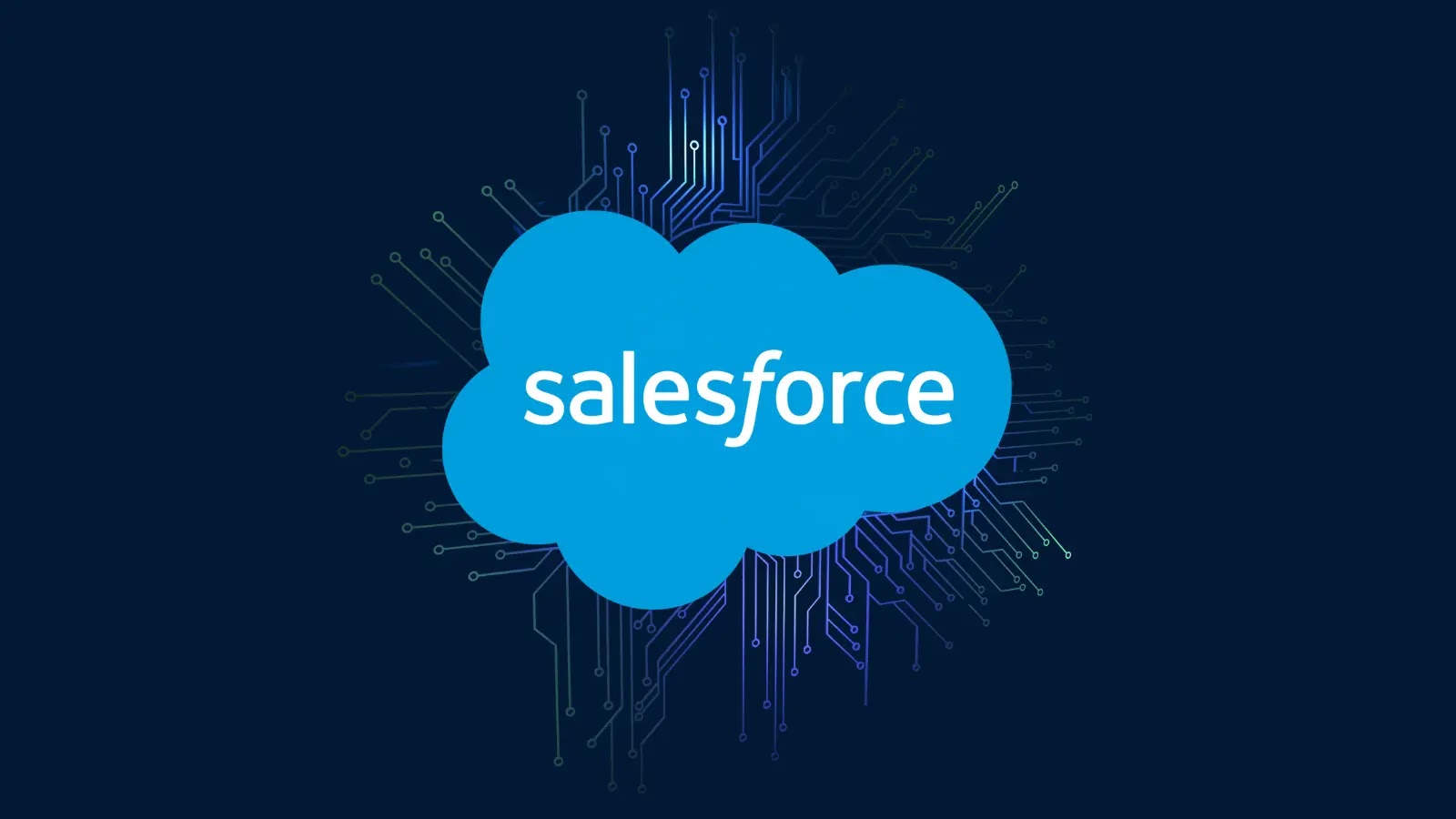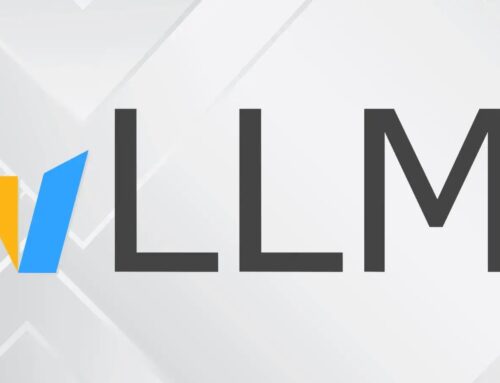
ShinyHunters Claims Data Theft from 200+ Companies via Salesforce Gainsight Breach
ShinyHunters Strikes: A Supply Chain Nightmare via Salesforce and Gainsight
A chilling development in the cybersecurity landscape has sent ripples through hundreds of organizations. The notorious hacking collective ShinyHunters claims responsibility for an extensive data breach, reportedly affecting over 200 companies. This incident, a sophisticated supply chain attack, leverages a critical integration between the customer success platform Gainsight and the CRM giant Salesforce, exposing a significant vulnerability in how interconnected business systems can be exploited.
The Anatomy of the Attack: Not a Direct Salesforce Breach
It’s crucial to understand the nuances of this attack. While Salesforce is involved, the primary attack vector did not involve a direct breach of Salesforce’s core infrastructure. Instead, ShinyHunters seemingly exploited a weakness within Gainsight, a platform that extensively integrates with Salesforce to provide customer success functionalities. This highlights a growing trend in cyber warfare: targeting third-party vendors and their integrations to gain access to a larger pool of data and victim organizations.
The reported compromise of over 200 companies underscores the far-reaching consequences of such supply chain attacks. When a widely used third-party service is compromised, the blast radius extends exponentially to all its integrated clients. This incident serves as a stark reminder that an organization’s security posture is only as strong as its weakest link, often found within its vendor ecosystem.
ShinyHunters: A Persistent Threat Actor
ShinyHunters has a well-documented history of data breaches and extortion attempts. Their modus operandi often involves exfiltrating vast amounts of sensitive customer data and then attempting to sell it on underground forums or extort organizations for its return. Their claim of responsibility for this Salesforce Gainsight breach adds another significant entry to their growing list of high-profile cyberattacks, further cementing their reputation as a formidable and persistent threat actor in the cybercriminal underworld.
Understanding Supply Chain Attacks and Their Impact
Supply chain attacks are increasingly prevalent because they offer attackers a way to compromise multiple targets simultaneously without needing to directly break into each organization’s defenses. By targeting a single, trusted vendor, attackers can effectively bypass robust perimeter security measures that individual companies might have in place. The impact can be catastrophic, leading to:
- Data Exfiltration: Sensitive customer data, intellectual property, and internal records can be stolen.
- Reputational Damage: Breaches erode customer trust and can significantly harm an organization’s brand.
- Regulatory Penalties: Non-compliance with data protection regulations (e.g., GDPR, CCPA) can result in hefty fines.
- Business Disruption: Remediation efforts can be costly and time-consuming, diverting resources from core business functions.
Remediation Actions and Proactive Defense
For organizations utilizing Gainsight and Salesforce, or any similar integrated platforms, immediate action is warranted. While specific vulnerability identifiers like CVEs are not yet publicly known for the exact vector used in this reported incident, proactive security measures are paramount.
- Vendor Security Assessment: Conduct thorough security assessments of all third-party vendors, paying close attention to their integration points and data handling practices. This should include reviewing their security certifications, incident response plans, and data breach history.
- Least Privilege Access: Ensure that integrations between platforms operate with the principle of least privilege. Gainsight’s access to Salesforce data should be limited to only what is absolutely necessary for its functionality. Regularly review and revoke unnecessary access.
- Multi-Factor Authentication (MFA): Enforce strong MFA for all user accounts accessing both Salesforce and Gainsight, including service accounts used for integrations.
- API Security: Secure all APIs used for integrations. This includes API key management, rate limiting, input validation, and regular security audits of API endpoints.
- Security Auditing and Logging: Implement robust logging and auditing for both Salesforce and Gainsight. Monitor for unusual access patterns, data export activities, and configuration changes. Set up alerts for suspicious behavior.
- Regular Patching and Updates: Ensure that both Salesforce and Gainsight instances, along with any other integrated systems, are always running the latest security patches and updates.
- Incident Response Plan: Have a well-rehearsed incident response plan specifically for supply chain breaches involving critical vendors. This plan should outline communication protocols, containment strategies, and recovery procedures.
- Data Minimization: Review the data being shared between Salesforce and Gainsight. Only synchronize data that is strictly necessary for business operations.
While the exact CVEs related to this specific attack vector are pending public disclosure, the general principles of secure integration and vendor management remain critical.
| Tool Name | Purpose | Link |
|---|---|---|
| Salesforce Shield | Enhanced platform security, encryption, and event monitoring | Salesforce Shield |
| Gainsight Security Features | Review and configure Gainsight’s native security settings and integrations | Gainsight Support Center |
| Cloud Access Security Brokers (CASB) | Monitor and secure cloud application usage, including data governance and threat prevention | Gartner CASB Overview |
| Endpoint Detection and Response (EDR) | Identify and respond to threats on endpoints that might be interacting with cloud platforms | Gartner EDR Overview |
| Vulnerability Scanners (e.g., Tenable.io, Qualys) | Identify vulnerabilities in web applications and infrastructure involved in the integration chain | Tenable.io / Qualys VMDR |
Key Takeaways for Organizational Security
The reported ShinyHunters breach leveraging Salesforce and Gainsight is a stark illustration of the evolving threat landscape. Organizations must shift their security focus beyond just their own infrastructure to encompass their entire digital supply chain. Robust vendor risk management, least privilege enforcement, and continuous monitoring of integrated systems are no longer optional but foundational elements of a comprehensive cybersecurity strategy. Proactive defense and a swift incident response capability are vital in mitigating the impact of such sophisticated attacks.





